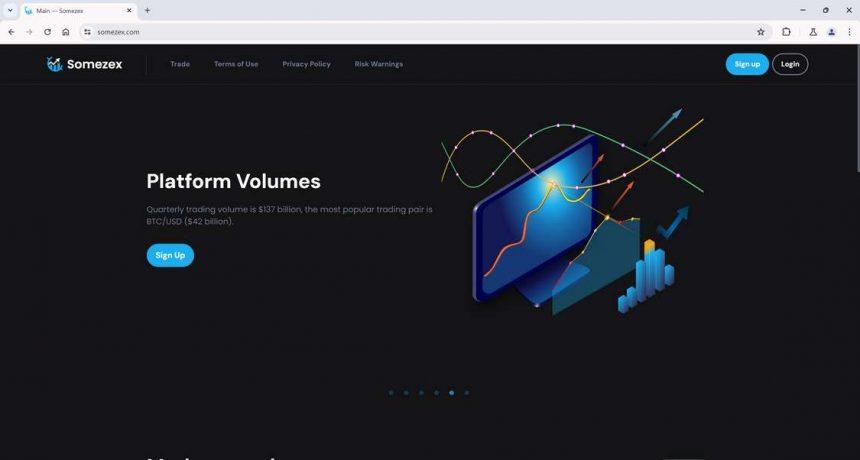In the fast-paced world of digital advancements, the rise of cyber threats poses a significant challenge to online security. One such menacing entity that has been making waves in recent times is the Somezex Trojan, a sophisticated malware posing as a cryptocurrency platform. This article delves into the intricate web woven by Somezex, exploring its deceptive tactics, consequences for unsuspecting victims, and providing a detailed guide on how to remove it from your system.
Understanding Somezex
Somezex, disguised as a cryptocurrency trading platform, employs a multi-faceted approach to deceive users. One of its most insidious schemes involves the impersonation of well-known figures like Elon Musk, Cristiano Ronaldo, and others, luring individuals into a Bitcoin giveaway scam. Through a combination of deepfake videos, psychological manipulation, and technical subterfuge, the perpetrators orchestrate a complex fraud, ultimately aiming to steal funds and personal information.
The modus operandi of Somezex involves the creation of fake celebrity endorsement videos using advanced AI video editing technology. These deepfakes convincingly portray celebrities endorsing Bitcoin giveaways on the Somezex platform. The deceptive videos are then distributed on popular social platforms through paid ads and hashtag campaigns, reaching a wide audience of potential victims.
Once viewers are directed to Somezex.com, they are prompted to enter a promo code, supposedly unlocking free Bitcoin. However, this is a trap, as users are then required to make a deposit to activate withdrawal capabilities. The deposited funds become inaccessible, and the scammers disable user accounts, effectively stealing the victims’ money. This cyclical fraud continues as the scammers shift to new domains, perpetuating the same deceptive tactics.
An alarming aspect of the Somezex deception is its adaptability. Even as authorities shut down specific domains associated with the scam, the fraudsters seamlessly transition to new ones. They maintain a library of video templates and site designs, altering details to evade detection. Examples of additional domains associated with similar scams include Bitsowex.com, Bitxspark.com, Nevofex.com, Tokenely.com, and more. The core deception persists, making it challenging for users to distinguish legitimate platforms from fraudulent ones.
Several red flags indicate the fraudulent nature of Somezex. These include the absence of verifiable company details, no evidence of previous Bitcoin payouts, unauthorized celebrity endorsements, the requirement of an upfront deposit for account activation, recent domain registration, and the lack of legitimate contact information.
Those who fall prey to the Somezex scam face severe consequences, including financial loss and potential compromise of personal information. To mitigate the impact of such an incident, victims should take immediate action.
What to Do If You Fall Victim
- Report the Scam: File a report with the Federal Trade Commission (FTC) and relevant platforms hosting the deceptive content. Notify domain registrars to suspend scam sites for investigation.
- Notify Your Bank and/or Crypto Exchange: If funds were deposited using a credit card, inform your bank and request a chargeback. Report the scam to the cryptocurrency exchange and seek assistance in blocking further transfers.
- Change Any Reused Passwords: Update passwords used on Somezex.com to prevent unauthorized access to other accounts.
- Beware of Recovery Scams: Be cautious of recovery scammers claiming to retrieve lost funds for a fee. Avoid such offers.
- Don’t Pay Blackmail Attempts: Disregard any threats of exposing personal information and resist paying extortion demands.
Preventing Future Infections
To safeguard against similar threats in the future, users should adopt best practices:
- Exercise caution when exploring unfamiliar cryptocurrency platforms.
- Verify the legitimacy of promotional offers, especially those involving celebrities.
- Stay informed about current cyber threats and scams.
- Regularly update passwords and enable two-factor authentication for added security.
Conclusion
The Somezex cyber threat underscores the need for heightened vigilance in the online realm. By understanding the deceptive tactics employed by such malware and implementing proactive measures, users can protect themselves from falling victim to scams like Somezex. Staying informed, reporting suspicious activities, and adopting secure online practices are crucial steps in maintaining a resilient defense against evolving cyber threats.





